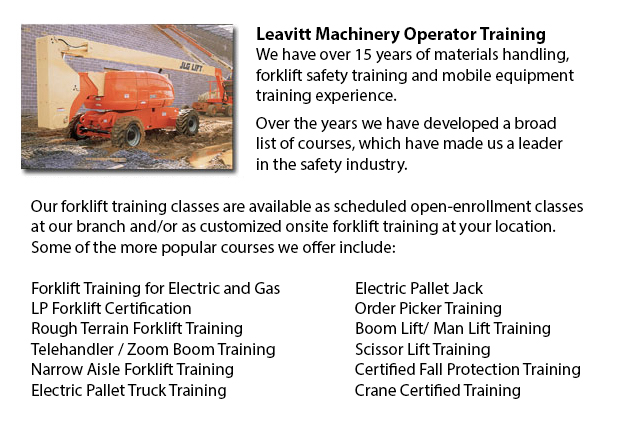
Aerial Lift Certification Hamilton - Aerial Lift Certification is for workers who require a thorough knowledge of aerial lift safety. Maintenance workers, construction craftsmen and supervisors require this training to ensure that operators and inspectors are qualified. State, federal and provincial regulations require businesses to be certified to be able to carry out in-house aerial lift inspections.
The majority of workers who are needed to perform tasks at elevated level will normally make use of the same means to get to these required heights, regardless of the type of work which should be performed. Scissor lifts and aerial lifts are the mechanized machines utilized to be able to lift equipment and workers to elevated sites.
Bucket trucks or cherry pickers are boom-supported aerial platforms. The primary dangers connected to boom-operated platforms are tip-overs, falls and electrocutions. Certification ensures that workers who make use of aerial lifts are trained properly to be able to operate the equipment safely. Training also ensures that workers know how to maintain aerial work platforms based on the directions of the manufacturer.
Training covers the following lifts: Aerial lifts that are mounted to vehicles, Boom-supported scissor lifts and aerial lifts. Trainees will gain knowledge of the causes and results of aerial lift incidents, and will learn safe operating procedures. They would become technically competent in the different types of aerial lifts, as well as terms and parts. From selecting the best aerial lift for the job to interpreting rated capacity charts, the certification program will provide employees with everything they have to know in order to perform their work safely.
Individuals who are assigned the job of checking aerial lift devices must know how to check gears, booms, operating mechanisms, structural parts, functions and control systems, braking systems, power plants, shafts and pins, attachments, pneumatic and electric components, hydraulic, operator aids and emergency safety devices, and all that. Training will consist of the following: the inspector's role in lessening accidents and liability exposure; how to perform a pre-use, monthly and annual inspection; how to write inspection reports; how to apply and interpret regulations regarding aerial lift safety standards; inspection procedures, techniques and checklists; understanding and applying the three levels of aerial lift inspection; following record keeping requirements; and when to remove defective aerial lifts from service.
-
Crane Training School Hamilton
Crane Training School Hamilton - We provide industry relevant programs in our crane training school. The course would provide our trainees with learning outcomes matching the current industry demands. Our small class sizes combine theory and hand-on... More -
Crane Ticket Hamilton
Crane Ticket Hamilton - The new kind of a crane can be either complex or simple, and cranes differ based on their application. Mobile cranes, for example are quite simple. A telescopic boom or steel truss mounts its movable platform. A system of pull... More -
Aerial Platform Training Hamilton
Aerial Platform Training Hamilton - Aerial forklifts can be utilized to accomplish many different duties executed in hard to reach aerial spaces. Many of the tasks associated with this type of lift include performing routine upkeep on buildings with... More -
Forklift Safety Training Hamilton
Forklift Safety Training Hamilton - People wanting work in businesses which utilize lift trucks have to undergo a forklift safety training course before becoming a certified operator of a forklift. There are several ways to go about acquiring forklif... More -
Crane Safety Training Hamilton
Crane Safety Training Hamilton - Both crane operator and their employers need to know all the possible problems associated to the use of an overhead crane. All over North America, there is legislation which provides rules for the safe inspection, mai... More -
Telehandler License Hamilton
Telehandler License Hamilton - A telehandler or telescopic handler is an equipment that is frequently utilized in industrial and agricultural applications. It has the same appearance to a lift truck and even functions in a similar manner, even if, th... More -
Heavy Equipment License Hamilton
Heavy Equipment License Hamilton - Acquiring a heavy equipment license is mandatory to operate these large industrial machines. Certification could be obtained through a vocational school or private training. The license would allow the driver to ope... More -
Manlift Operator Training Hamilton
Manlift Operator Training Hamilton - The aerial lift or manlift is a specialized type of hydraulic platform that is meant to raise an individual vertically giving it an alternate name of a vertical personnel lift. These equipment are widely utilized... More

Forklift Training Hamilton
TOLL FREE: 1-888-254-6157
Hamilton, Ontario
forklifttraininghamilton.com
Email Us
About Us


